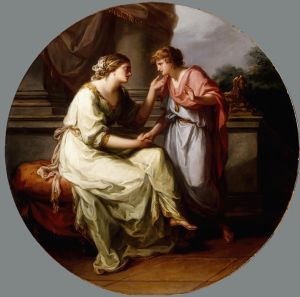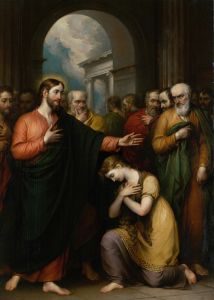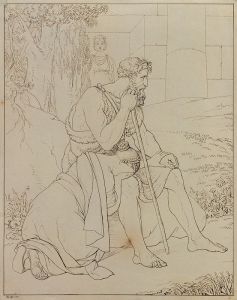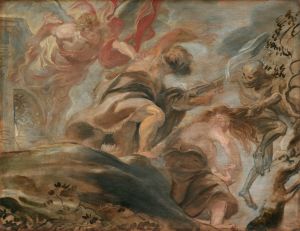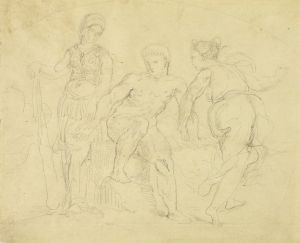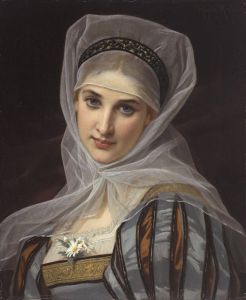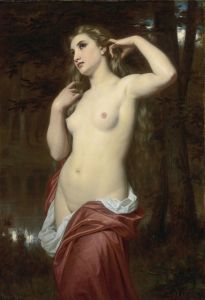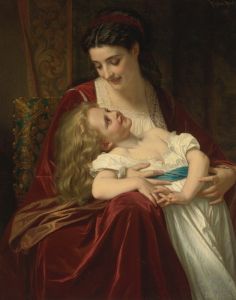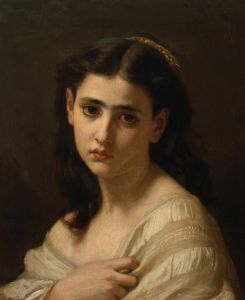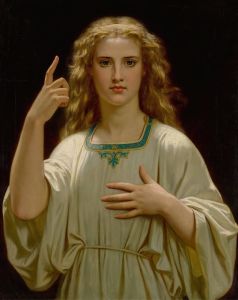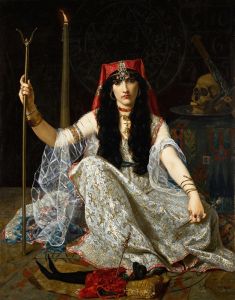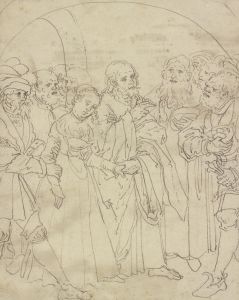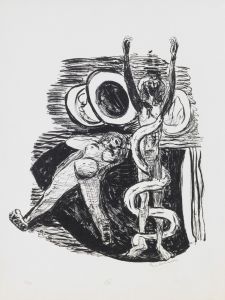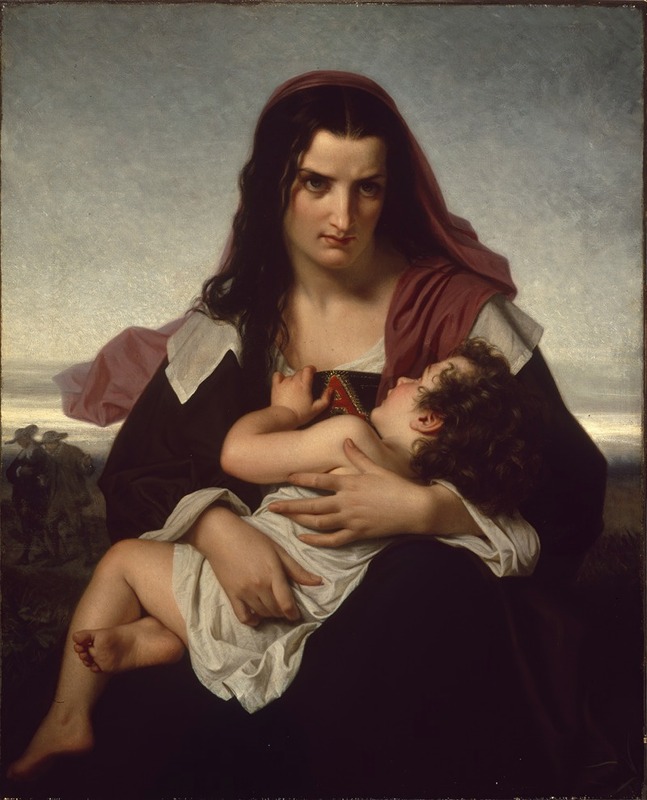
The Scarlet Letter
A hand-painted replica of Hugues Merle’s masterpiece The Scarlet Letter, meticulously crafted by professional artists to capture the true essence of the original. Each piece is created with museum-quality canvas and rare mineral pigments, carefully painted by experienced artists with delicate brushstrokes and rich, layered colors to perfectly recreate the texture of the original artwork. Unlike machine-printed reproductions, this hand-painted version brings the painting to life, infused with the artist’s emotions and skill in every stroke. Whether for personal collection or home decoration, it instantly elevates the artistic atmosphere of any space.
Hugues Merle's painting "The Scarlet Letter" is an evocative work of art inspired by Nathaniel Hawthorne's classic novel of the same name. Merle, a French painter known for his genre scenes and portraits, created this painting in 1861. The artwork captures the emotional depth and moral complexity of Hawthorne's story, which is set in 17th-century Puritan Massachusetts.
In the painting, Merle focuses on the character of Hester Prynne, the protagonist of Hawthorne's novel. Hester is depicted wearing the infamous scarlet letter "A" on her chest, a symbol of her sin and shame as an adulteress. Merle's portrayal of Hester is both sympathetic and dignified, reflecting her strength and resilience in the face of public condemnation. The painting captures the somber and introspective mood of the novel, emphasizing themes of sin, guilt, and redemption.
Merle's style in "The Scarlet Letter" is characteristic of his work during this period, with a focus on realism and attention to detail. The composition is carefully arranged to draw the viewer's attention to Hester and the scarlet letter, using light and shadow to highlight her expression and the texture of her clothing. The background is subdued, allowing Hester to stand out as the central figure of the painting.
Hugues Merle was a contemporary of the more famous French painter William-Adolphe Bouguereau, and he was often compared to him due to their similar styles and subject matter. Both artists were known for their polished technique and ability to convey emotion through their paintings. Merle's work, including "The Scarlet Letter," was well-received during his lifetime, and he exhibited regularly at the Paris Salon.
"The Scarlet Letter" by Hugues Merle is an example of how 19th-century artists engaged with literary themes, translating the written word into visual art. By choosing to depict a scene from Hawthorne's novel, Merle contributed to the broader cultural conversation about the novel's themes and its relevance to contemporary society. The painting serves as a visual interpretation of Hawthorne's exploration of morality, identity, and societal judgment.
Today, "The Scarlet Letter" by Hugues Merle is appreciated for its artistic merit and its connection to a significant literary work. It remains an important piece for those interested in the intersection of art and literature, as well as for those studying the ways in which 19th-century artists responded to the social and cultural issues of their time. The painting is part of various collections and continues to be studied and admired by art historians and enthusiasts alike.





